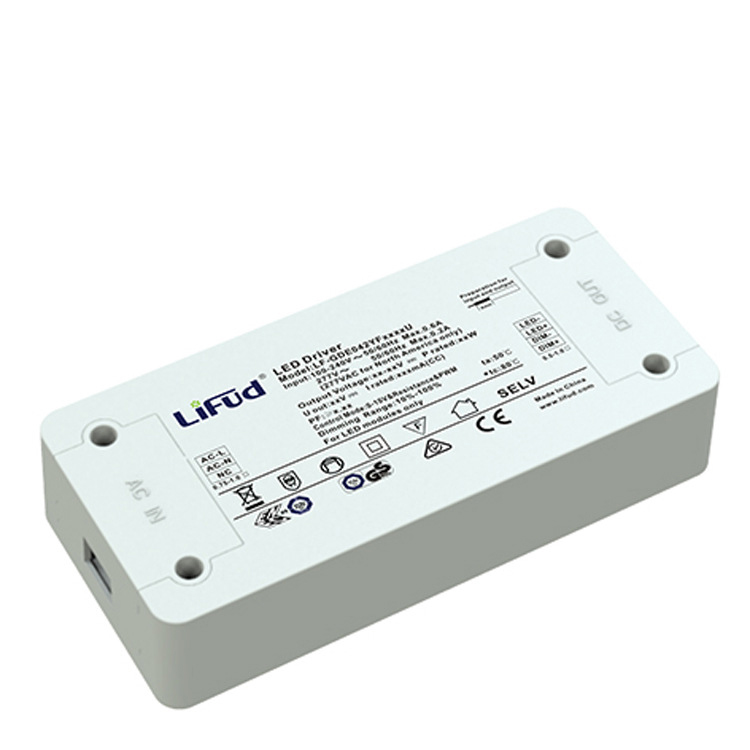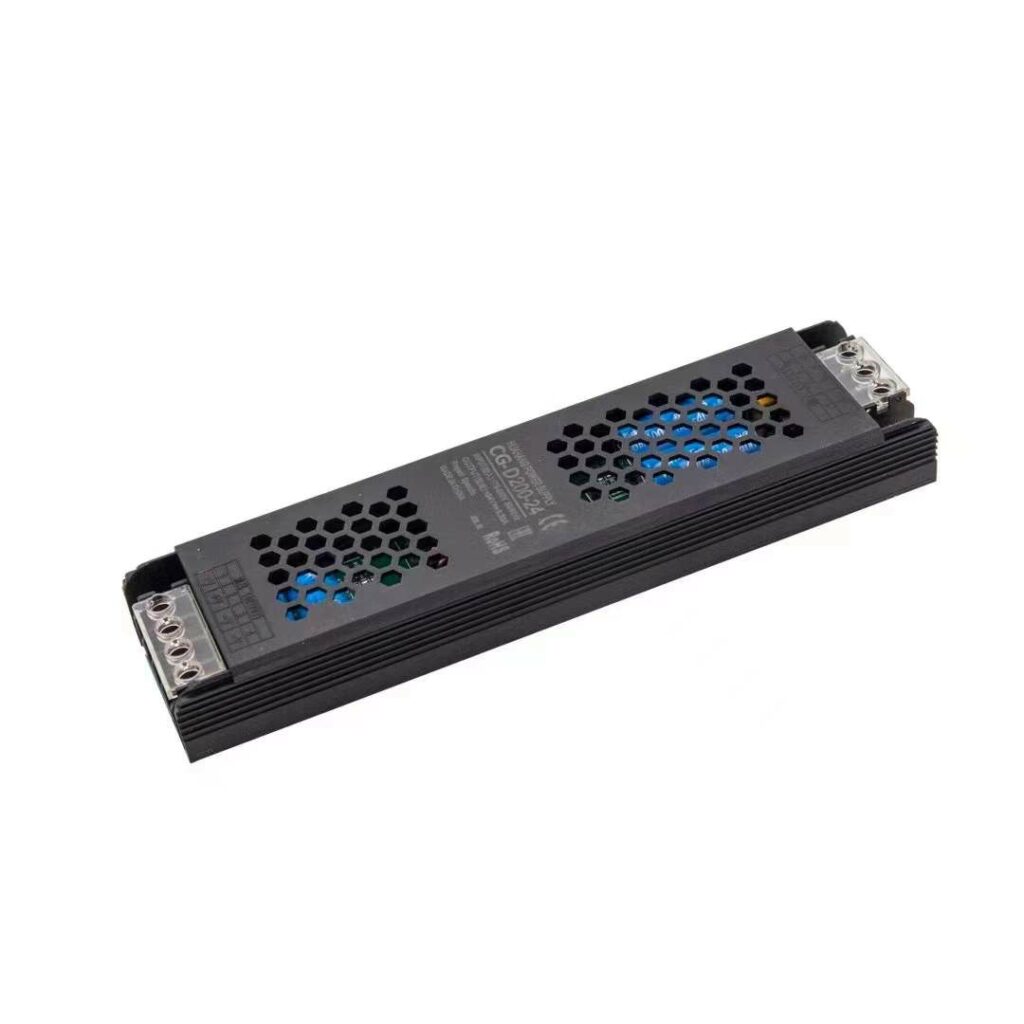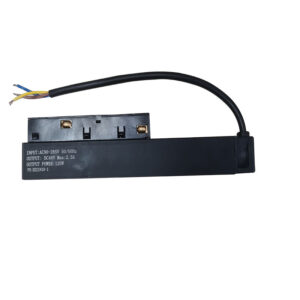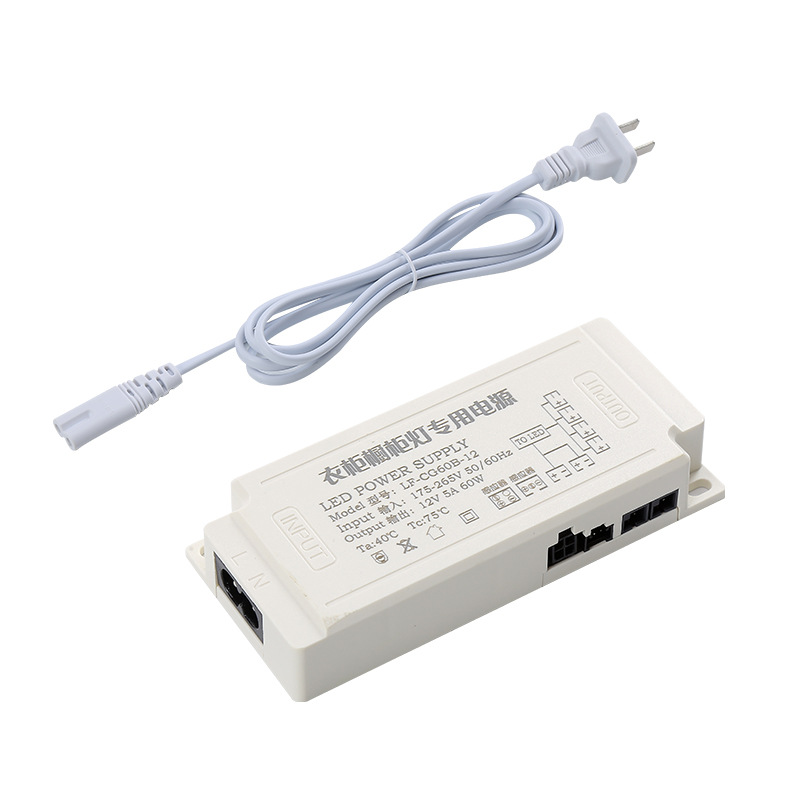Uncategorized
What is the Best LED Driver for LED Lighting?
As we know led driver plays a very important role in led lighting. So choosing the best led driver is the necessary first step for making a good led lighting. Except, led driver, heat dissipation is also another key factor to led lights.
Recently, attention has been paid to LED driver, practical application and product design innovation. Today, when the concept of energy saving is popular, LED lighting is more and more popular. The price of LED lighting equipment is relatively low at this stage, and the development is rapid. Every year, LED power supply has developed by leaps and bounds. For example, there are currently available constant current power supplies for ceiling lamps and downlights on the market, constant voltage power supplies for light strips or cabinet lights, 0-10V dimming led driver for led downlights and magnetic power supplies for magnetic track lights. As the price of LED lamps decreases, making LED lighting costs more competitive, in addition to the LED itself, it is also very important to choose a suitable led diver solution. The following lists some related issues related to LED lighting drivers, for reference only.




- Q: At present, the structure mode of high-power products is all metal shell and aluminum-based circuit board. The shell is closely connected with the circuit board. Is electrical isolation only realized on the circuit board? A:Yes. This is the main point to pay attention to in the current application of non-isolated LED power supply. The general LED aluminum substrate can achieve an isolation voltage of 4000V
- Q:For low-power LEDs, what is the best power supply solutionis obtain power from 22OV AC? A:The easiest way to get power from AC 22OV is to use a capacitor to limit current and step down, but its disadvantage is that the LED is charged, unsafe, and its power factor is extremely low. The best way is to use a switching power converter to make an isolated constant current power supply. Its output current is constant and adjustable. When designing, also pay attention to the high input power factor. The latter already has many mature circuits, but designers still need to work hard on switching power supply technology.
- Q: Except constant current drive, does the display screen pulse drive work? How to control the pulse drive? How to calculate the driving power? A:absolutely no problem. Use constant current power supply mirror circuit + PWM modulation. In theory, the luminous efficiency can be higher, but in fact, the loss during ON-OFF switching and the leakage current during OFF are considered, and the efficiency is not so ideal, and it is not suitable for high-power LED driving. In addition, the LD laser diode is also driven by pulse, and it is unknown whether it will become a new development direction in the future.
- Q: What is the difference between the size, package and driving voltage of high-power LEDs and ordinary LEDs? A:Small and high-power LEDs, the same color forward drive voltage characteristics are the same. Different packages have different light decay due to different heat dissipation conditions. At present, the light decay of low-power packaged LEDs decays to 70% in 1,000 hours, and the high-power packaged LEDs decay to 70% in 10.000 hours. The light decay of LEDs used as indicators decreases exponentially due to their small operating current.
- Q: Whether the LED lamps work normally or not, the quality is good or bad, and the heat dissipation of the lamp body itself are very important. At present, the heat dissipation of high-power LED lamps on the market adopts natural heat dissipation, and the effect is not ideal. How to improve the heat dissipation? A:Temperature protection is necessary, which is the need of the product itself, and is also the responsibility of the customer. But how much temperature protection is appropriate? If calculated according to the following conditions: Assuming the maximum ambient temperature, it is 40°C in summer and 50°C under sunlight exposure in summer. Ambient temperature of 50°C is practical. Participating in the general high-power LED specification book, the junction temperature can be tolerated at 120°C, the thermal resistance from the chip to the aluminum substrate, the specification generally recommends 10-15°C, and the aluminum substrate should be guaranteed at 120-15=105°C. Then, the retention temperature difference is 77.5°C in the middle of 50-105°C. Generally, the working temperature of electronic components is reliable at 85°C. 77°C is in line with this principle. It is recommended to start the protection at 77°C, and reduce the current significantly before 85°C. 90°C completely completes the product temperature protection function. Of course, the actual product application situation must be much more severe than this condition, and LED lamps cannot maintain a long life at high temperatures.
- Q: What is the heat dissipation standard for high-power LEDs? How to choose heat sink? A:LED working temperature T1 = ambient temperature To + Ploss * thermal resistance RR = LED package thermal resistance Rled + LED and heat sink contact thermal resistance Rled-Link + heat sink resistance Rlink + heat sink and air thermal resistance Rlink-air. Generally, the thermal resistance of the package will not change after the LED is selected. The thermal resistance of the heat sink is related to the volume and is often limited by space. Therefore, the contact area between the LED and the heat sink and the contact area between the heat sink and the air often become the focus of heat dissipation design. . In order to increase the contact area between the heat sink and the air, the heat sink is often designed as a tooth shape, such as the radiator of a ceiling lamp and a downlight. Fins, etc., for example, some high-power bulbs, downlights, and high bay lights use this radiator. If the heat sink is installed in a tight space or has a fan (eg case). Then the influence of heat flow needs to be considered. Generally, the model is based on the mechanical components, and the direction and speed of the heat flow are estimated by using fluid mechanics analysis, so as to calculate the heat that the air flow can take away.
 Skype Me
Skype Me